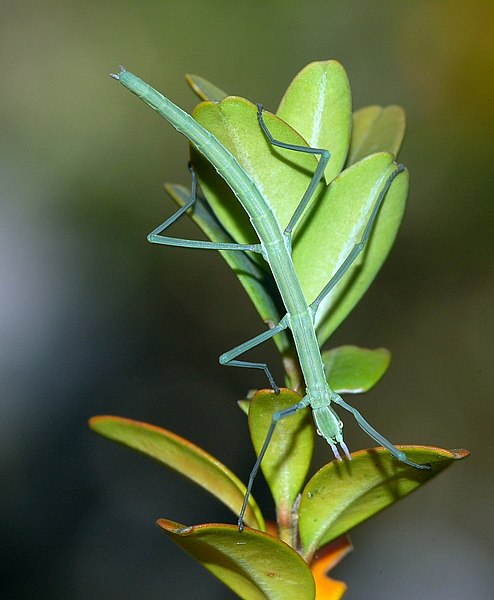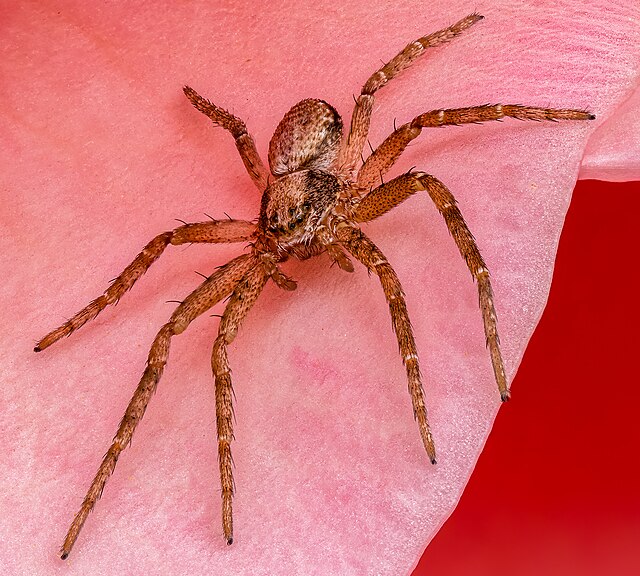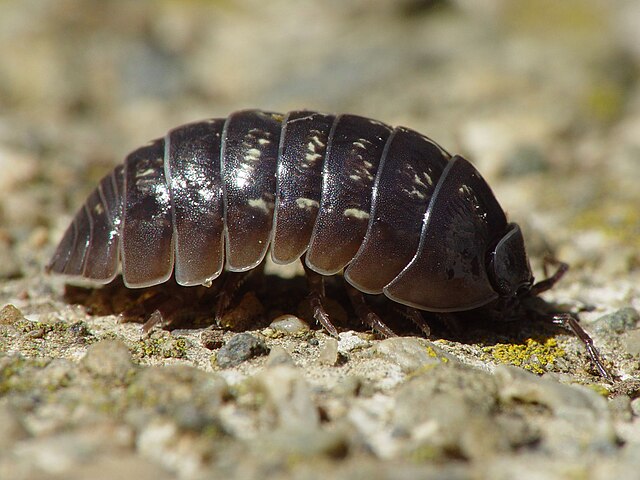The Phasmatodea are an order of insects whose members are variously known as stick insects, stick-bugs, walkingsticks, stick animals, or bug sticks. They are also occasionally referred to as Devil's darning needles, although this name is shared by both dragonflies and crane flies. They can be generally referred to as phasmatodeans, phasmids, or ghost insects, with phasmids in the family Phylliidae called leaf insects, leaf-bugs, walking leaves, or bug leaves. The group's name is derived from the Ancient Greek φάσμα phasma, meaning an apparition or phantom, referring to their resemblance to vegetation while in fact being animals. Their natural camouflage makes them difficult for predators to detect; still, many species have one of several secondary lines of defense in the form of startle displays, spines or toxic secretions. Stick insects from the genera Phryganistria, Ctenomorpha, and Phobaeticus include the world's longest insects.
Phasmatodea
Phasmid in marginal forest on a pitcher plant, Philippines.
Phobaeticus serratipes
Female Phobaeticus chani, the world's second-longest insect. This species grows to a total length of 56.7 cm (22.3 in) (front legs fully extended) and body length of 35.7 cm (14.1 in).
Insects are hexapod invertebrates of the class Insecta. They are the largest group within the arthropod phylum. Insects have a chitinous exoskeleton, a three-part body, three pairs of jointed legs, compound eyes, and a pair of antennae. Insects are the most diverse group of animals, with more than a million described species; they represent more than half of all animal species.
Insect
Insect: Six legs, three-part body (head, thorax, abdomen), up to two pairs of wings
Spider: eight legs, two-part body
Woodlouse: seven pairs of legs, seven body segments (plus head and tail)








